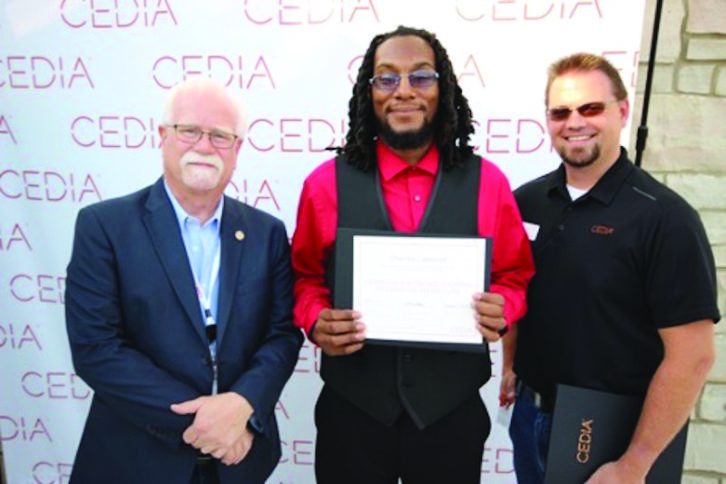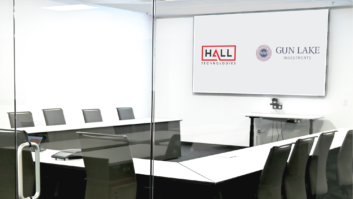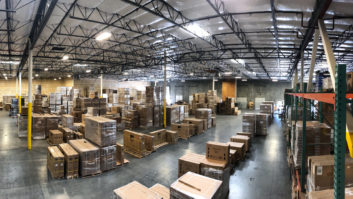CEDIA supports the education of our members and everyone in our industry by offering learning opportunities in a variety of ways: in-person training, virtual events, online in the CEDIA Academy, podcasts, white papers, blogs, and articles, to name just a few. Because our methods of delivery vary, it can often be difficult to incorporate and check for best practices in the content we are providing, as well as the ways in which it is delivered. Our commitment to our learners is threefold: The education provided should always be relevant, engaging, and meet the needs of every learner in attendance.
The first two are fairly self-explanatory, but what does the third really mean?
To meet the needs of all learners can be a daunting task. The CEDIA Education team believes that it is our job to recognize where the learners are in their knowledge of a certain topic before we begin. That’s where it can get tricky. This does not just mean where they are in terms of region, but also where they are in terms of knowledge gaps and their time in the industry. Then we drill down further, into demographics, and determine a plan for how we can incorporate and infuse as many best practices for “reaching” our audience as possible, for all the learning opportunities we provide. The creation of the content begins from there.

Not Just What We Say, But How We Say It
For the online courses in the CEDIA Academy, engaging and impacting our learners in a positive way means we need to keep a close eye on not just what we say, but how we say it. Promoting growth and reflection for our learners means we need to design our courses to be experiential, while also being reflective of the diverse makeup of our members and our industry. Inclusivity as a term is not limited to time spent together physically, it also means being open to everyone, and that does include the online space of learning. Pictures, the use of storytelling, videos, specific regional terminology, among many other things, can support or break the trust we strive to make with our learners, ensuring we are doing our best to provide education that encompasses the many backgrounds of everyone in our industry.
This commitment to creating diverse and inclusive learning experiences supports more than just the individual as a well-prepared learner in our industry. It further strengthens employee engagement, a sense of belonging in the industry for themselves and each other, and promotes discussion and continued relevancy for individuals and businesses working with a variety of clients, on both the commercial and residential sides of the industry. In short, providing diverse education and learning experiences are the starting point for better success for everyone.
Employing universal design principles, acknowledging and understanding cultural differences, and incorporating different teaching and online content design strategies, are only the tip of the iceberg for organizations working to bring more diversity and better inclusivity into any of the learning opportunities they are providing. Find articles, attend webinars, and connect with leaders who are experts in this area. Affirm that this is something that is a non-negotiable for you and your teams. As an industry let’s celebrate and support all who bring unique talent, perspective, background, and experiences to this space-we will all be better for it.
Samantha Ventura is senior vice president of education and training at CEDIA.







